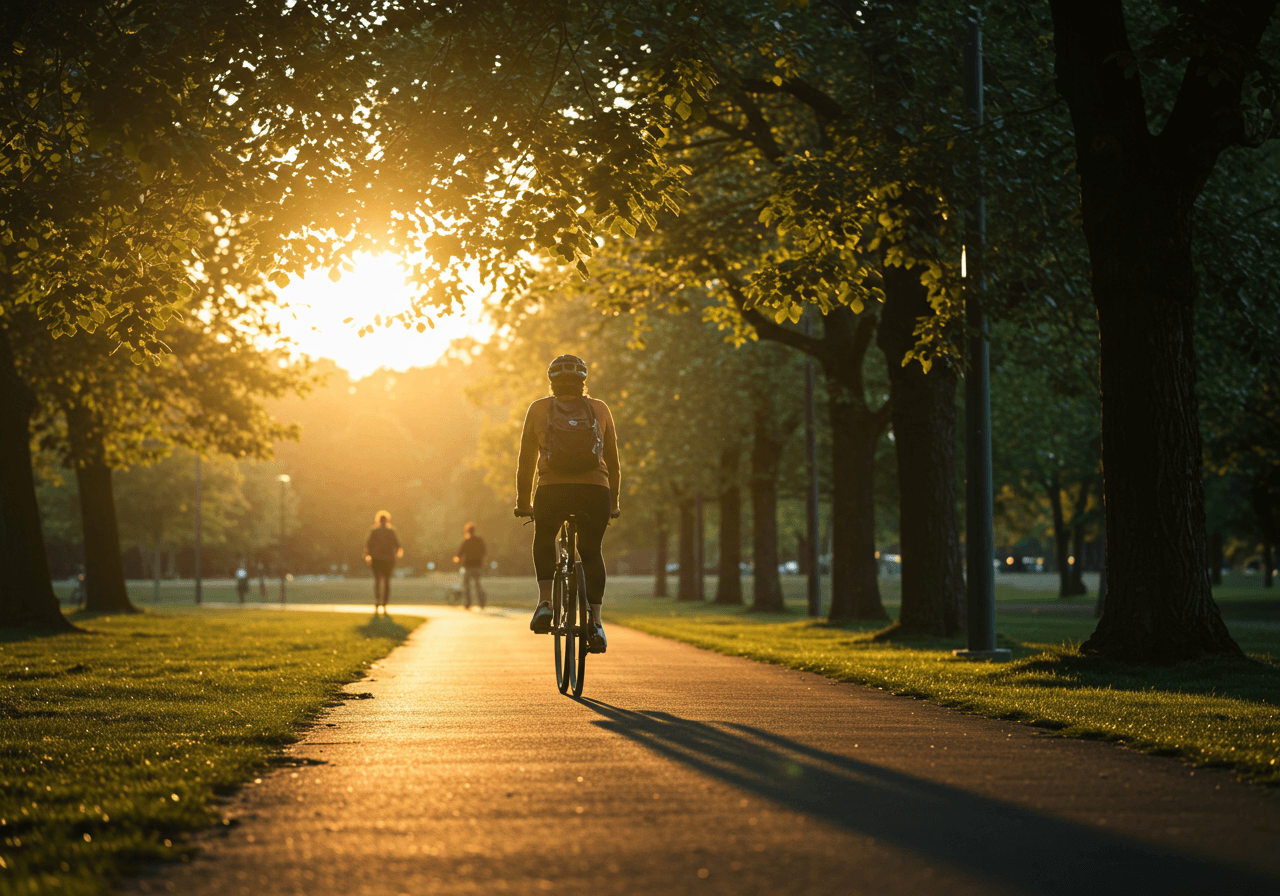Introduction
Daylight Saving Time (DST) is a widely practiced tradition around the globe, where clocks are moved forward by one hour in the spring and backward by one hour in the fall. This time change can significantly impact our routines, health, and productivity. While some countries and regions observe DST to make better use of daylight during the summer months, others have opted out due to various reasons. In this comprehensive guide, we will delve into the practical strategies for adjusting to DST, explore its benefits and challenges, and provide actionable tips on how to minimize its negative effects.
Practical Insights and Benefits
While DST can disrupt sleep patterns and cause health issues, it also offers several benefits, such as increased daylight hours in the evening, which can enhance outdoor activities and safety. Here are some practical insights and benefits:
- Increased Safety: Longer daylight hours in the evening reduce crime rates and improve road safety by providing more visibility. This is particularly beneficial for children and adults who engage in outdoor activities after school or work.
- Economic Benefits: DST can boost tourism and retail sales by encouraging people to spend more time outdoors during daylight hours. This can lead to increased economic activity in sectors related to leisure and entertainment.
- Health Benefits: Despite initial disruptions, some studies suggest that DST can lead to increased physical activity due to more daylight hours for outdoor activities. This can contribute to better overall health and well-being.

In-Depth Analysis: Impact and Relevance
Health Impacts
The transition to DST can have significant health implications, including increased risks of heart attacks, strokes, and traffic accidents due to disrupted sleep patterns. Additionally, the time change can affect mental health, particularly for those vulnerable to depression. The loss of sleep can exacerbate symptoms of anxiety and depression, making it crucial for individuals to manage their sleep and stress levels during this period.
Economic and Productivity Impacts
While DST aims to save energy and boost economic activity, its effectiveness is debated. Some argue that the energy savings are minimal and that the time change leads to decreased productivity and increased healthcare costs. The initial disruption can affect work performance, especially in industries that require high levels of concentration and precision.
Environmental Impact
The environmental benefits of DST are also a topic of discussion. While the idea is to reduce energy consumption by making better use of natural daylight, some studies suggest that this benefit may be offset by increased energy use in other areas, such as air conditioning in warmer climates.

Tips and Strategies for Adjusting
Here are some actionable tips to help you adjust to the time change:
- Gradual Adjustment: Start adjusting your sleep schedule a few days before the time change by going to bed 15 minutes earlier each night. This gradual adjustment can help your body adapt more smoothly to the new sleep schedule.
- Maintain Consistency: Keep a regular sleep schedule after the time change to help your body adjust. Consistency is key to minimizing sleep disruptions.
- Sunlight Exposure: Spend time outside in the morning to help reset your internal clock. Natural sunlight exposure can help regulate your circadian rhythms.
- Physical Activity: Engage in light exercise during the day to stay alert and improve sleep quality. Avoid vigorous exercise close to bedtime, as it can interfere with sleep.
- Mindfulness and Meditation: Practice mindfulness or meditation to reduce stress and improve sleep quality. These practices can help you relax and prepare for a restful night's sleep.

Common Challenges and Solutions
Sleep Disruption
- Challenge: Losing an hour of sleep can disrupt your circadian rhythm.
- Solution: Gradually adjust your sleep schedule before the time change, and maintain a consistent sleep routine afterward. Avoid caffeine and electronics before bedtime to improve sleep quality.
Productivity Issues
- Challenge: Feeling tired and less productive after the time change.
- Solution: Pace yourself by avoiding heavy tasks immediately after the change and taking short breaks during the day. Stay hydrated and energized with healthy snacks and drinks.
Social and Family Challenges
- Challenge: Coordinating schedules with family members or colleagues can be challenging.
- Solution: Communicate clearly about the time change and plan ahead. Use shared calendars to ensure everyone is on the same page.

Future Outlook and Trends
The debate over DST continues, with some advocating for its abolition and others supporting making it permanent. Health experts generally recommend sticking with Standard Time to align better with natural circadian rhythms. As public opinion shifts, it's likely that changes to DST policies will be considered in the future.
Some countries have already opted out of DST or have modified their approach. For instance, Arizona (except for the Navajo Nation) and Hawaii in the United States do not observe DST. Similarly, some European countries have debated ending DST due to its perceived negative impacts.
Strategies for Different Age Groups
Children
- Establish Routine: Stick to regular meal times and bedtime routines to help children adjust.
- Explain the Change: Use simple language to explain why the clocks are changing and how it affects their daily routine.
Seniors
- Support System: Ensure seniors have a support system to help them adjust to the time change.
- Medication Management: If seniors take medications at specific times, ensure they understand how the time change affects their medication schedule.
Young Adults
- Social Planning: Plan social activities around the time change to minimize disruptions.
- Technology Use: Use technology, such as alarms and reminders, to stay on track with the new schedule.
Technology and DST
Technology plays a significant role in helping us adjust to DST. Most smartphones and computers automatically update their clocks for the time change, reducing the need for manual adjustments. However, it's essential to ensure that all devices, including home appliances and older technology, are updated correctly to avoid confusion.
Mindfulness and Self-Care
Practicing mindfulness and self-care is crucial during the DST transition. Engaging in activities that promote relaxation, such as yoga or reading, can help reduce stress and improve overall well-being. Additionally, maintaining a healthy diet and staying hydrated can support your body's adjustment to the new sleep schedule.

Conclusion
Adjusting to Daylight Saving Time requires patience, planning, and a bit of flexibility. By understanding the benefits and challenges of DST and implementing practical strategies, you can minimize its negative impacts and make the most of the additional daylight hours. Whether you're looking to improve your sleep, boost your productivity, or simply enjoy more time outdoors, there are ways to adapt to DST that suit your lifestyle and needs.







